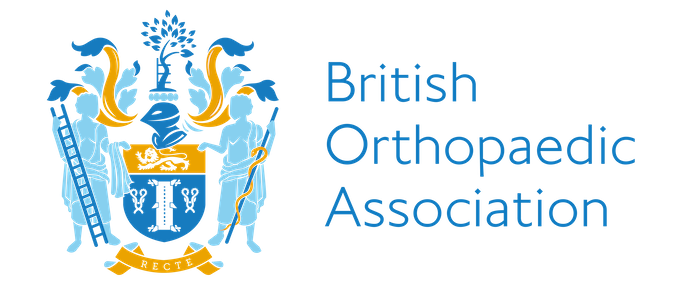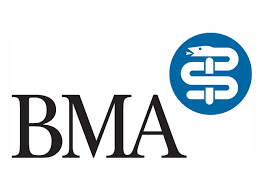Knee Arthroscopy (Keyhole Surgery)
Persistent pain in the knee can be related to many different causes and seeking an early diagnosis can often put your mind at rest. One of the most common causes for pain following a simple twisting injury when out for a walk or after a sporting injury is a torn cartilage (meniscus).
The menisci are a half-moon shaped pieces of cartilage (gristle) that sit between the end of the thigh bone (femur) and top of the shin bone (tibia) in the knee and act as a type of shock absorber, one on the inside and one on the outside of the knee.
During a twisting injury to the knee the meniscus can be torn by the grinding action between the thigh bone (femur) and shin bone (tibia). This can result in a persistent pain felt most at the level of where the knee hinges (the joint line). Depending on which meniscus is torn the pain can be felt either on the inside or outside of the knee. This pain can be associated with a clicking sensation as the torn fragment of cartilage comes to lie in an abnormal position within the knee flipping back and forth as the knee moves.
Occasionally the displaced fragment of cartilage gets jammed in an abnormal position in the knee preventing the knee from fully straightening, this is known as locking.
If you have had a sporting injury when your knee was twisted whilst your foot was planted on the ground which resulted in immediate and significant pain and swelling you may have injured your anterior cruciate ligament. If your knee collapses underneath you (gives way) particularly when running and changing direction an anterior cruciate ligament injury needs to be ruled out.
Knee arthroscopy is also useful in assessing and treating other painful conditions of the knee such as loose bodies that can cause locking and in the treatment of localised damage to the smooth bearing surface of the knee (articular cartilage).
A torn knee cartilage (meniscus) is the most common reason to undergo keyhole surgery (knee arthroscopy) which can be very successful at treating this type of injury.
Knee arthrospcopy is a daycase procedure most commonly performed under a general anaesthetic. It involves making 2 or 3 small keyhole cuts either side of your knee-cap to allow the insertion of a surgical camera and the required instruments.
The whole of the inside of the knee is assessed using the camera. The torn piece of meniscus when identified often requires removal but occasionally, if suitable can be repaired.
On completion of surgery local anaesthetic is infiltrated around the keyhole wounds and steristrips and dressings are applied. Only occasionally are skin stitches required.
You will be seen by the physiotherapist who will advise you on specific exercises and advise you on how to mobilise safely in the immediate postoperative period with walking aids if required.
In the majority of cases you will be home the same day of surgery and can expect to make a quick recovery being back to normal activities by 2-3 weeks depending on the nature and extent of your surgery. You will then be reviewed in the outpatient clinic to ensure you are making satisfactory progress.




Normal meniscus

Torn meniscus
GH
Absolutely First Class".
GO
She was a gem".
LH







